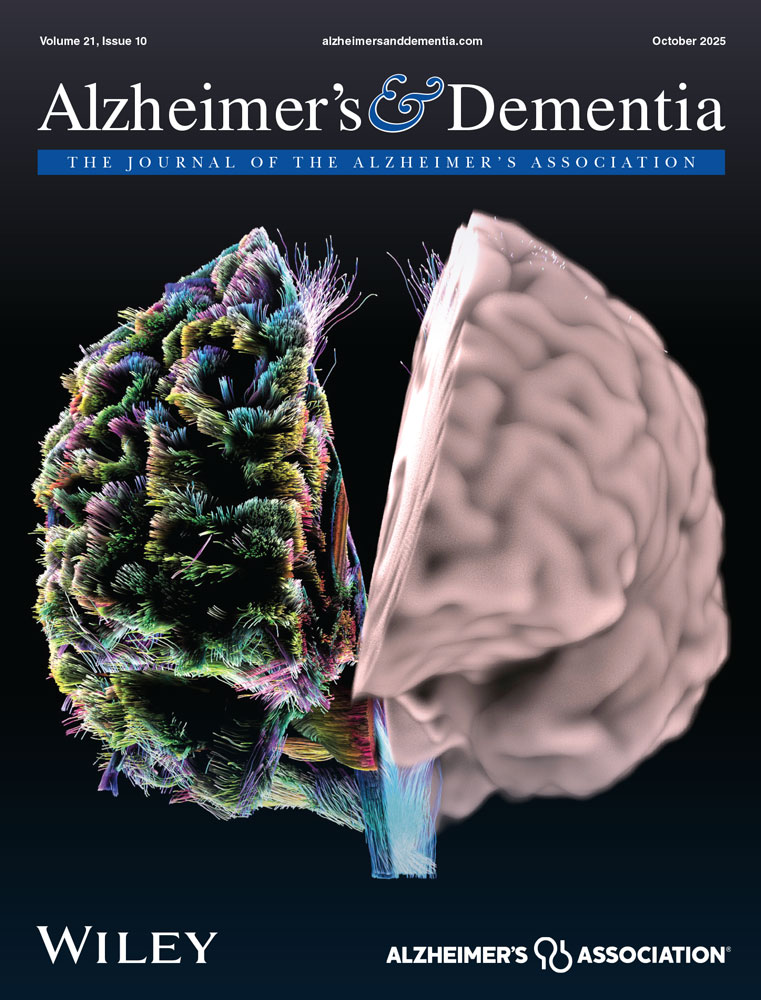
Citation :
Soleimani-Meigooni, D. N., Pezzoli, S., Blazhenets, G., La Joie, R., Lin, Z., Soppe, C. L., Johnson, D. R., Koran, M. E. I., McConathy, J. E., Nasrallah, I. M., Ponisio, M. R., Tanner, J. A., Villemagne, V. L., Windon, C. C., Zeineh, M., Biber, S., Kukull, W. A., O’Connell, H., Peterson, D. J., … Alzheimer’s Disease Neuroimaging Initiative. (2025). Calibration of multisite raters for prospective visual reads of amyloid PET scans. Alzheimer’s & Dementia, 21(10). https://doi.org/https://doi.org/10.1002/alz.70732
Full text : Here
David N. Soleimani-Meigooni*, Stefania Pezzoli*, Ganna Blazhenets, Renaud La Joie, Zoe Lin, Carol L. Soppe, Derek R. Johnson, Mary Ellen I. Koran, Jonathan E. McConathy, Ilya M. Nasrallah, Maria Rosana Ponisio, Jeremy A. Tanner, Victor L. Villemagne, Charles C. Windon, Michael Zeineh, Sarah Biber, Walter A. Kukull, Heather O’Connell, Daniel J. Peterson, Elizabeth C. Mormino, Sterling C. Johnson, Gil D. Rabinovici, for the LEADS Consortium, The PREVENT-AD Research Group, Alzheimer’s Disease Neuroimaging Initiative *Theses authors contributed equally.
published in Alzheimer & Dementia, September 2025.
ABSTRACT :
Introduction: In multicenter Alzheimer’s disease studies, amyloid positron emission tomography (PET) visual reads are typically performed centrally by a few experts. Incorporating a broader reader network enhances scalability and generalizability.
Methods: Ten neuroimaging experts from eight Alzheimer’s Disease Research Centers (ADRCs) visually read 180 amyloid PET scans (30 scans and 15 duplicate scans for each of four tracers, imaged across a wide variety of scanners), using preferred reading software without anatomical imaging or quantitation. Scans were classified as elevated or non-elevated per tracer-specific criteria. Inter- and intra-rater agreement was assessed.
Results: Inter-rater agreement was substantial (Fleiss’ κ = 0.78), with full consensus on 69% of scans. Inter-rater reliability was substantial to perfect across tracers (Fleiss’ κ = 0.70–0.87). Intra-rater agreement was substantial to perfect (Cohen’s κ = 0.79-1). Scans with intermediate (10–40 Centiloid) quantitation had lower reader agreement.
Discussion: A multicenter expert network achieved substantial agreement classifying amyloid PET scans. These scans provide a standard for reader training and reliability assurance in future studies.
